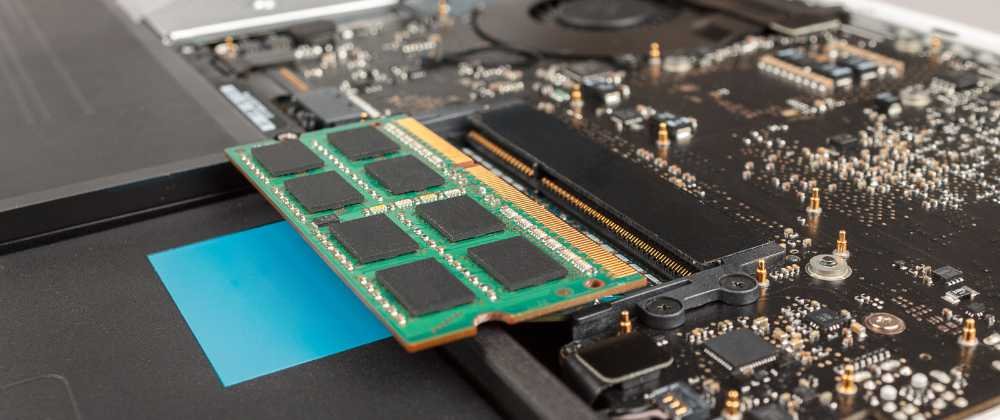RAM: the unsung hero of computing. It’s where the battle strategies form, where the enemies load, where every critical in-game decision finds its temporary home.
In a 2020 survey, a staggering 68% of gamers admitted not fully understanding their system’s memory. And then, an idea emerges. A question many have pondered, but few have dared to answer: can you, and should you, fit the laptop RAM into the mighty desktop?While the technical answer is Yes! But there are many consequences associated.
The stakes are high. We’re talking about the backbone of your machine. The wrong move could cripple your gaming experiences, cost you a fortune, or even destroy parts of your rig.
Venture forth as we dive deep into this question, breaking down the mechanics, the risks, and the potential rewards. Understanding is half the battle, and in this guide, we arm you with knowledge.
Prepare for a journey through circuits and systems.
Understanding RAM Types
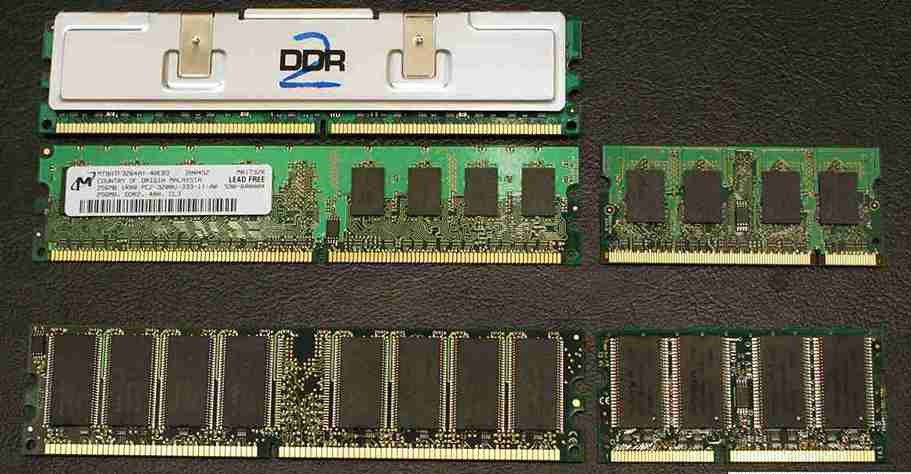
In the digital battlefield, knowledge of one’s tools is paramount.
SODIMM vs. DIMM
Two warriors, two arenas. But can they fight in each other’s place?
Definition and Differences:
SODIMM: Small Outline Dual In-line Memory Module. A compact hero, built for the tight confines of laptops. Weighing in at a width of about 1.18 inches, it’s tailored for the mobile warrior.
DIMM: Dual In-line Memory Module. The powerhouse of the desktop realm. Larger, typically around 1.5 inches and 1.7 inches inches wide, it commands its space in the expansive desktop battlefield.
In 2019, a tech survey revealed that 53% of users couldn’t tell these two apart. But when you see them side by side, their differences are stark.
Physical Size and Pin Differences:
The physical size is just the beginning. The pin configuration varies. SODIMM modules, for instance, in the DDR3 category, come with 204 pins. Their DIMM counterparts? A solid 240. As for DDR4, SODIMMs have 260 pins, while DIMMs boast 288. Square peg, round hole? Almost.
Common RAM Types and Compatibility:
We’ve come a long way since the early DDR days. DDR3, once the staple, is now giving way to DDR4, promising faster speeds and better efficiency. But here’s the catch: they’re not interchangeable. A DDR3 SODIMM won’t fit into a DDR4 DIMM slot, and vice versa. A 2018 report indicated that compatibility errors, like these, caused about 37% of DIY PC building issues.
It’s not just size and shape; it’s architecture, it’s design, it’s purpose. Before making a move, know your RAM.
Why Consider Laptop RAM for Desktop?
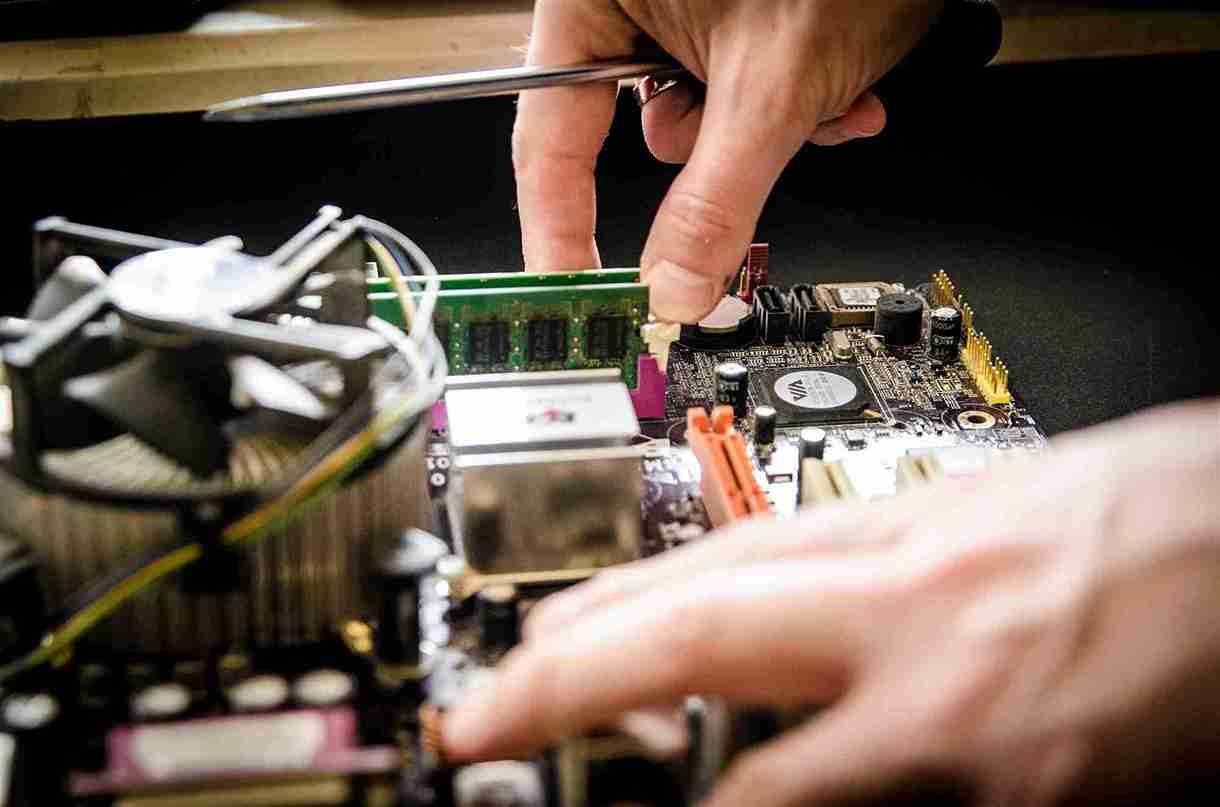
In the game of upgrades, every move counts.
1. Cost:
Laptop RAM, especially from older models, might seem like a cheaper ticket to the memory boost express. Desktop RAM prices can surge, especially when new tech hits the market. According to a 2017 data study, during certain chip shortages, laptop RAM prices were nearly 10% lower than their desktop counterparts. Savings beckon the savvy.
2. Availability:
It’s not always about the newest gear; sometimes, it’s about what’s on hand. In remote locations or during global supply crunches, one might find SODIMM modules more accessible than DIMMs. As with any supply-demand scenario, availability can dictate decisions.
3. Re-purposing Old Components:
Waste not, want not. A seasoned gamer might have an old laptop lying around, its components still roaring for action. Rather than letting good RAM gather dust or end up in landfills – a growing environmental concern with e-waste increasing 21% in 5 years – why not see if it can bolster your desktop’s ranks?
In the shifting landscape of PC building, the unexpected move can sometimes be the game-changer. But is it the right move? That’s the million-dollar, or perhaps, the few-hundred-dollar question.
Technical Limitations
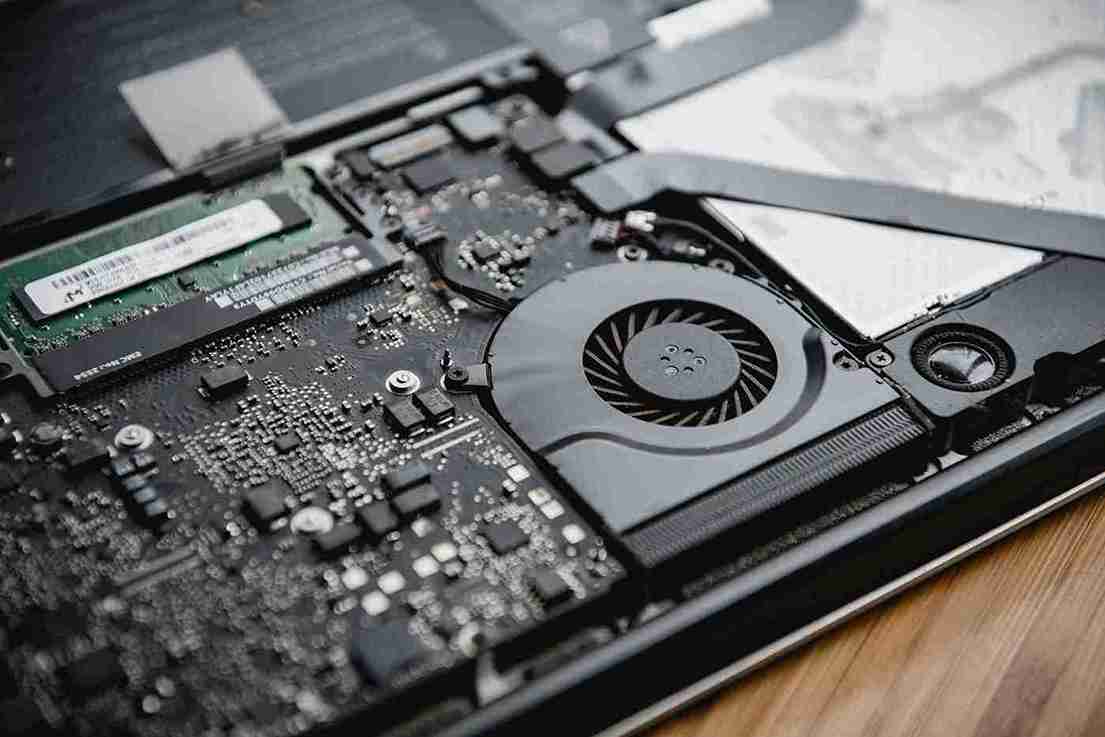
Every mission has its hurdles. It’s the challenges that keep us sharp.
1. Physical Compatibility:
Terrain matters in battle, and size matters in tech.
Laptop RAM (SODIMM) is the lightweight reconnaissance unit – agile and compact, measuring typically around 2.7 inches in width. The desktop RAM (DIMM), on the other hand, is the armored tank, coming in at approximately 5.2 inches. They’re designed for different terrains; one for the tight corners of laptops, the other for the spacious desktop battlefields. Plugging a SODIMM into a DIMM slot is like sending a lone scout into an artillery barrage.
2. Electrical Compatibility:
Power: the lifeblood of every operation.
Every RAM type requires a specific voltage. DDR3 SODIMMs usually operate at 1.35V, their DDR3 DIMM counterparts at 1.5V. DDR4 modules, regardless of size, typically run at 1.2V. Plugging in the wrong voltage? It’s like refueling a diesel engine with gasoline. Expect hiccups. In some dire cases, total system failure.
3. Motherboard and BIOS Constraints:
The command center doesn’t always speak every language.
While some experimental motherboards in the market might offer slots for both SODIMM and DIMM, they’re outliers. The mainstream ones? They pick a side. Moreover, the BIOS, the brain behind the operations, might not even recognize the mismatched RAM. Remember, the hardware speaks to the software. A miscommunication can lead to boot failures or performance snags.
In the tech arena, rules aren’t just guidelines – they’re often the law. Break them, and the system breaks back.
Performance Concerns
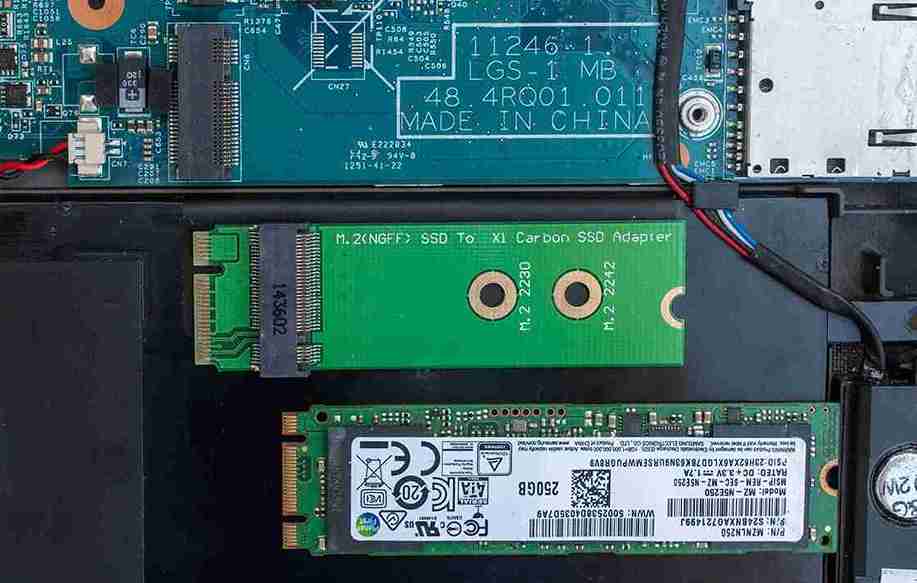
In the gaming world, performance isn’t just a luxury; it’s the lifeblood.
1. Speed and Latency Comparison:
Every tick of the clock counts.
Laptop RAM, designed for portability, often trades off performance for power efficiency. On average, SODIMMs might have slightly higher latencies and lower speeds compared to their DIMM counterparts. In the vast landscape of games, milliseconds determine victory or defeat. Using a DDR3 SODIMM with a CAS latency of 11, against a DDR3 DIMM with a CAS latency of 9, means slower response times.
2. Potential Bottleneck Scenarios:
The weakest link defines the chain’s strength.
Imagine a unit awaiting orders, but the messenger’s late. This lag, this bottleneck, can occur when using laptop RAM in a high-performance desktop setup. Be it rendering high-res graphics or running memory-intensive applications; a mismatch can hinder peak performance. An analysis in 2020 showed that games like “Cyberpunk 2077” had a 15% performance drop when run with sub-optimal RAM configurations.
3. Difference in Heatsinks and Cooling:
Heat: the silent adversary.
DIMMs often come with larger, more efficient heatsinks. They’re built for the long haul, for the intense sessions. SODIMMs, with their compact design, lack these robust cooling mechanisms. In a high-performance desktop environment, this means SODIMMs run hotter. And heat, in the tech world, is often the enemy of longevity and performance.
In the crucible of gaming, compromises can cost dearly. Know where to hold the line.
Potential Workarounds
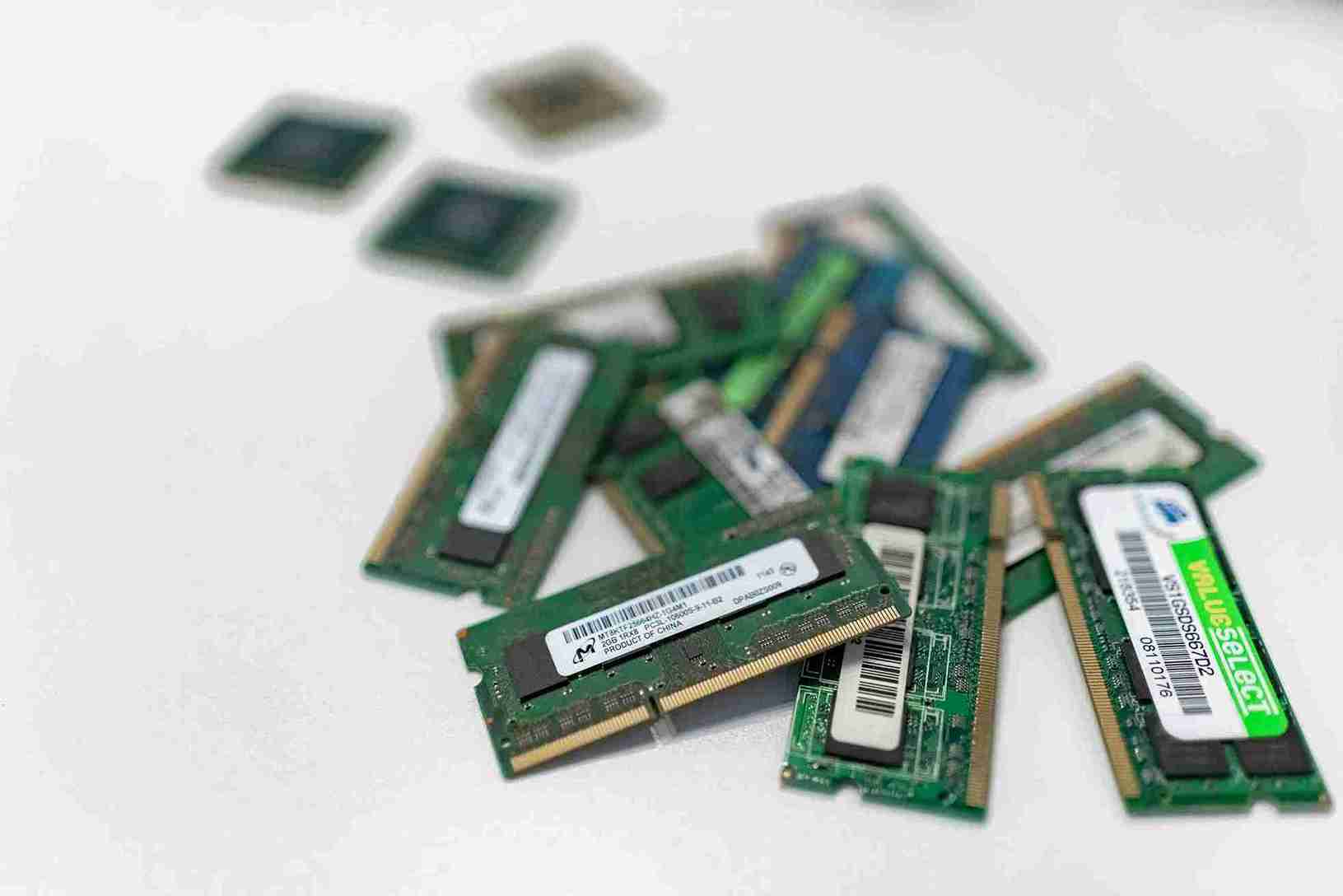
In any covert operation, there’s always a backdoor or a side alley. Here are the workarounds when bridging laptop and desktop tech.
1. Adapters: Using SODIMM to DIMM Adapters
The negotiator between two worlds.
How They Work: These adapters are essentially converters that allow you to fit a SODIMM stick into a standard DIMM slot. Think of them as translators for the two different RAM languages.
Pros:
- Flexibility: Allows users to repurpose or utilize available SODIMM sticks.
- Cost-Efficient: Might save some bucks, especially if you have spare laptop RAM lying around.
- Ease of Use: Generally plug-and-play, requiring no intricate adjustments.
Cons:
- Performance Concerns: The inherent speed and latency differences still persist. An adapter won’t supercharge a SODIMM to DIMM performance.
- Stability Issues: Some users report occasional system instability or compatibility hiccups.
- Physical Space: Given the design, there might be spatial concerns within the PC case, especially if other components are close by.
2. Motherboards with SODIMM Slots: Special Ops Gear
How They Work: A rare breed in the motherboard world, these boards come equipped with slots specifically designed for SODIMM RAM. They’re often found in compact or specialized PCs.
Pros:
- Built for Purpose: No need for adapters or tweaks, as these motherboards inherently support laptop RAM.
- Space Savers: Ideal for mini-PC builds or setups with stringent space constraints.
Cons:
- Limited Availability: Given their rarity, tracking one down can be akin to finding a needle in a tech haystack.
- Price Premium: These specialty boards can sometimes command higher prices than their conventional counterparts.
- Performance Ceiling: Remember, you’re still using laptop RAM, with its inherent limitations. The motherboard won’t change the nature of the beast.
When diving into uncharted territories, being well-equipped is half the battle. But always remember: just because you can, doesn’t always mean you should.
Risks Involved

Every mission has its hazards. Here’s the dark alley of our tech operation.
1. Potential Damage to Components:
The frontline casualties.
- Mismatched Voltage: Inserting a SODIMM designed for a specific voltage into a desktop motherboard expecting another can fry the RAM or worse, damage the motherboard’s slots.
- Forcing the Fit: Ramming a SODIMM into a DIMM slot without an adapter can damage the RAM’s connectors and the motherboard’s pins. It’s like forcing a square peg into a round hole, and the results are rarely pretty.
2. Voiding Warranties:
Breaking the rules can break the safety net.
- Manufacturers’ Terms: Most manufacturers specify the type of components that should be used with their products. Straying from these guidelines? You might as well kiss your warranty goodbye.
- DIY Dangers: Using adapters or unconventional means might be seen as ‘tampering’ by some manufacturers. Even if the RAM wasn’t the cause of a future problem, having it in place can be grounds for warranty denial.
3. Stability Issues:
The unsteady grounds of the operation.
- Boot Failures: The BIOS, the early boot software, might throw a fit seeing a foreign component. The result? Your system might not start at all.
- Random Crashes: Even if things seem smooth initially, you’re walking a tightrope. System crashes, blue screens, and sudden restarts might be your frequent visitors.
- Performance Glitches: Imagine the frustration of a game freezing mid-action or an application stuttering during crucial tasks. Mismatched RAM can be the silent saboteur.
In the tech world, as in covert ops, the small details can blow up. Always weigh the risks against the rewards.
Economic Perspective
In the world of gaming and tech, economics is its own battlefield. Let’s strategize.
Cost Comparison: Is It Worth the Potential Hassle?
Numbers don’t lie, but they don’t always tell the full story.
- Immediate Savings: On face value, using a SODIMM from an old laptop or snagging a deal on laptop RAM can seem like a quick way to save a buck. As of 2020, some SODIMM variants were, on average, 10-15% cheaper than their DIMM counterparts.
- Hidden Costs: But remember, the adapter isn’t free. Add that to your budget. Plus, if things go south, the costs of replacing damaged components can quickly dwarf any initial savings.
- Performance Trade-Off: Time is money. A potential drop in performance, crashes, or system instability can cost in terms of productivity and frustration. What price tag would you put on a smooth, hassle-free gaming or computing experience?
Market Availability: Can You Get What You Need Easily?
Supply lines in the tech war.
- SODIMM Availability: Given the surge in laptop usage, especially with remote work trends, SODIMMs are abundantly available. Whether it’s online retailers or brick-and-mortar stores, chances are you’ll find a SODIMM that fits your bill.
- Adapter Hunt: The SODIMM to DIMM adapter, while not super rare, isn’t as commonly stocked as mainstream components. Ordering one might mean waiting for shipping, and not all adapters are made equal. Quality varies, and so does compatibility.
- Specialized Motherboards: As previously mentioned, motherboards with SODIMM slots are rare beasts. If you’re hunting one, be prepared for a longer search and potentially higher costs.
In the grand game of economics, foresight is key. It’s not just about what you spend, but what you stand to gain… or lose.
A Final Recommendation
In the world of technology, just because something can be done, doesn’t always mean it should. Using SODIMM in a desktop? Possible, but not advisable for the average user. It’s like using a silenced pistol in open combat: intriguing, but there are better tools for the job.
Best Practices:
- Research First: Understand your motherboard’s compatibility and the specific type of SODIMM you’re eyeing.
- Quality Adapters: If you’re going the adapter route, don’t skimp. A poor-quality adapter can be the weak link.
- Monitor System Health: Use software tools to keep an eye on system stability and temperatures. Forewarned is forearmed.
Alternative Solutions for Performance and Value:
- Bulk Purchases: Often, buying desktop RAM in kits (e.g., 2x8GB instead of 1x16GB) can offer better value.
- Wait for Sales: Technology sales are frequent. Patience can mean catching a deal that offers better RAM for a fraction more than a SODIMM.
- Second-hand Market: Many tech enthusiasts upgrade often and sell barely used components. These can be a goldmine for value, but always buy from trusted sellers.
In tech, as in any great Tom Clancy thriller, the details matter. Always remember: the best tech decisions are informed ones. Stay sharp out there.
Conclusion
Using laptop RAM in a desktop isn’t just a walk in the park. The journey takes you through the terrain of adapter usage, potential performance hiccups, and the silent threats to your system’s stability. Physically, SODIMMs and DIMMs are different beasts. Economically, while there’s a chance to save some change, the hidden costs lurking around the corner can quickly change the story.
